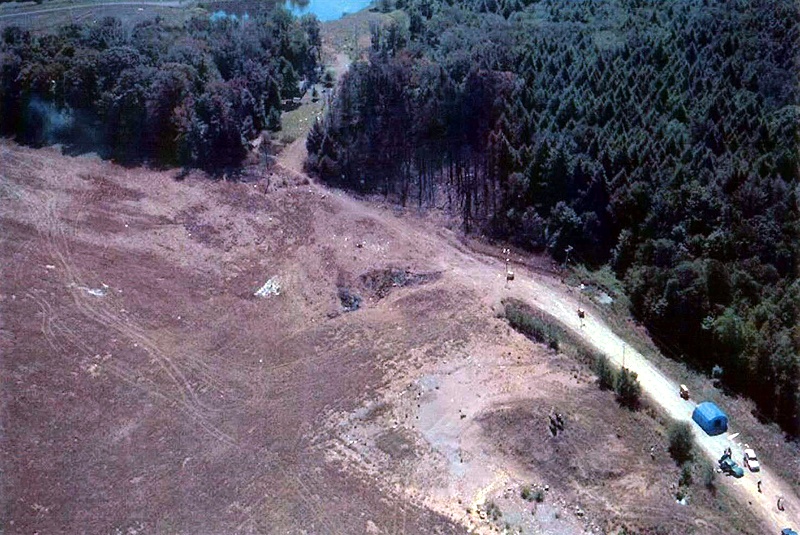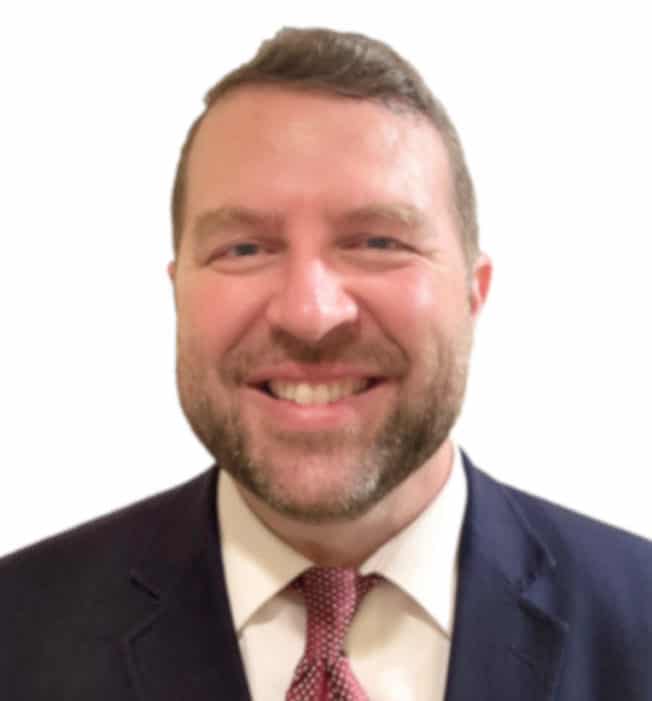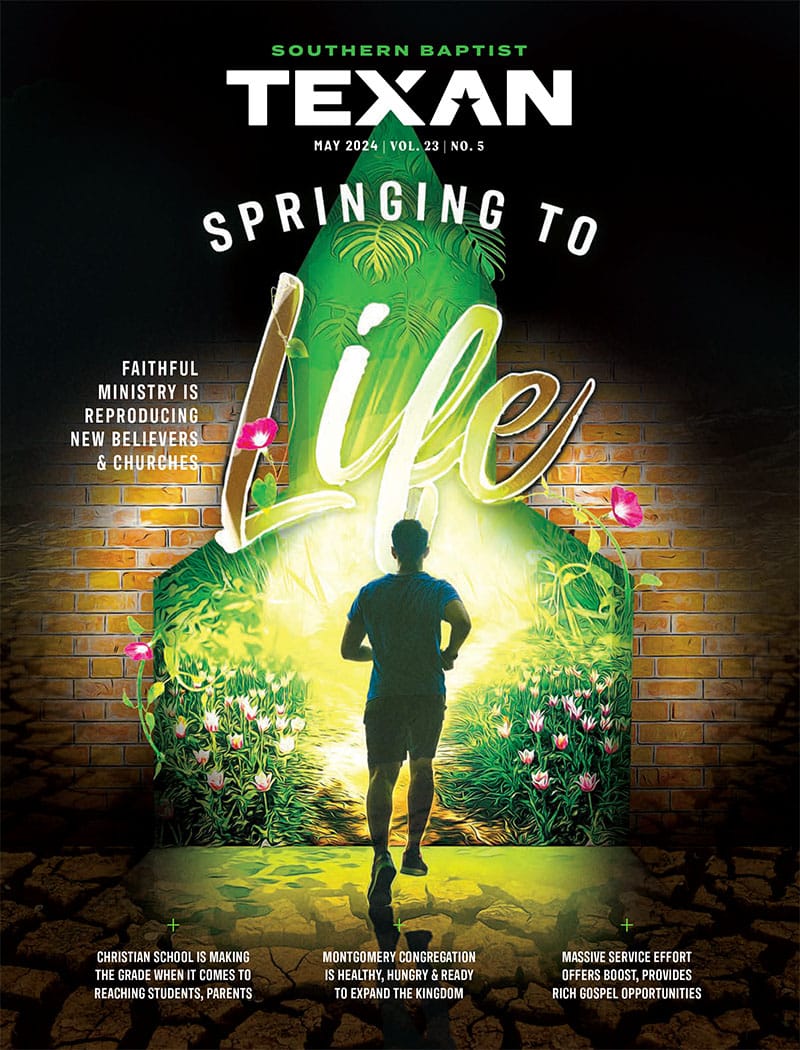DUNCANSVILLE, Pa. (BP)—Doug Pilot remembers the crater. He remembers the blackened trees and hearing that there was nothing left bigger than a phone book.
Pilot, pastor of New Hope Baptist Church, was serving as the director of missions for Conemaugh Valley Baptist Association on Sept. 11, 2001. He was about to leave for a meeting with church planters in Harrisburg when his wife, Jeanne, called him back to the house.
A plane had just hit the World Trade Center. Pilot went back inside the watch the coverage. That’s when both saw the second plane hit the South Tower.
“I told her we were being attacked, so she decided to go with me to Harrisburg,” he said.
On the way, news came that another plane had crashed, this one in a field near Somerset.
“We had church planters down there and I immediately wanted to check on them,” Pilot said. “I tried calling them, but the lines were tied up. So I called Harrisburg and told them we were going to Somerset.”
On the way, they learned the plane actually went down in Shanksville, about 5 miles from Somerset. News also broke over the radio that yet another plane had hit the Pentagon.
“We got to Somerset and found out they were OK. That’s also around the time Baptist Press called and asked if I could be eyes and ears for them on the scene,” he said.
Pilot would be on the scene as a reporter, but also for his expertise in crisis management. At the time, he was a chaplain for local emergency management personnel as well as The Laurel Highlands Critical Incident Stress Management Team.
The crash site was in a reclaimed coal mining area and only about three miles from where he stood.
Nearing the site, Pilot identified himself to state troopers related to his training, gaining access both in that role and as a reporter. Eventually he was sent with others to the local fire department that was serving as a staging area. Soon thereafter he was directed back to the work site near the crater.
“It smoked for days,” he said. “The trees on the far side of the crater were blackened from the fire. They were saying they couldn’t find a piece of the plane bigger than a phone book.”
FBI investigators testified that the initial crater only went about 15 feet deep, though the black boxes would later be found at 25 feet. A misty smoke hung in the air from the jet fuel that had set the woods on fire.
Pilot stood on a slight rise that went above the crater, but not high enough where he could see the bottom of it. The day was clear and warm, he said. A Pennsylvania state trooper helicopter patrolled above, tasked with identifying onlookers trying to get near the site.
“When you drove in there were state troopers posted about every 75 feet. They were trying to keep people out of the crash area, but some still slipped in and they were using the helicopter to help find them and get them out of there.”
A sense of shock and disbelief permeated the scene. It came from asking how an entire passenger jet could hit the ground with such force that no identifiable part of it remained. It came knowing that similar states of incredulity prevailed in New York and Washington, D.C.
Pilot would spend about seven hours there that day, leaving close to sundown.
“We all talked about who could have done it,” he said. “We talked about the other places that got hit. We heard about the passengers on 93 revolting and the guy (Todd Beamer) saying ‘Let’s roll.’”
He also remembers the full churches in the weeks afterward. All of it – the shock of the moment and temporary seeking of God’s face – reminded him of something else. It was when, as a high school senior, he was going to lunch and heard President John F. Kennedy had been shot.
“We reassured people that God was still on the throne,” he said on the days after 9/11. “There was a time for grieving and shock. We had been attacked on our own soil.”
He also remembers how rumors flew of other attacks. On the way to Somerset, he and Jeanne had been directed around Johnstown, Pa., because of rumors that attackers were to hit it next.
Pilot has visited the Flight 93 Memorial, dedicated one day before the 10th anniversary on Sept. 10, 2011, several times.
He encourages others to stop by it for fear that lessons learned in the aftermath of 9/11 have been forgotten.
You have to work to remember, sometimes. His personal connection notwithstanding, the upcoming anniversary had slipped up on Pilot. Life commands your attention and in his case, it was caring for Jeanne after she recently had a cyst removed from her back.
“I’ll bring it up now,” he said. “This thing is kind of reliving itself for me.”
This article originally appeared on Baptist Press.














